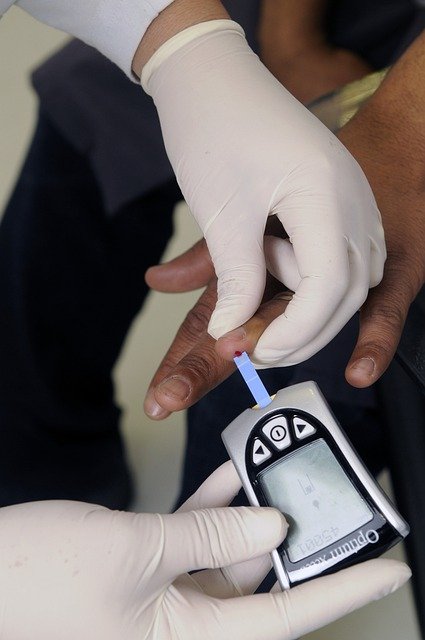A1c Levels: What They Mean for Blood Glucose and Health
Hemoglobin A1c (A1c) is a common blood marker used to summarize average glucose levels over recent months. Clinicians use it to help diagnose and manage diabetes and to gauge long-term risk for complications. Understanding what A1c measures, how testing works, and the limits of the test can help you interpret results and discuss options with a healthcare professional.

What does A1c measure in blood?
A1c measures the percentage of hemoglobin molecules in red blood cells that have glucose attached, a process called glycation. Because red blood cells live about 8–12 weeks, the A1c result reflects average blood glucose over roughly the previous two to three months. That makes A1c a useful complement to single-point glucose measurements, which show blood sugar at one moment rather than an average.
How is A1c testing done?
Testing is typically performed with a small blood sample taken in a lab or clinic, and point-of-care devices can produce rapid results in some settings. Home A1c kits are also available but should be used and interpreted in consultation with a healthcare provider. Frequency of testing varies: many clinicians recommend every three months when medications or therapy are changing or control is poor, and every six months for people with stable control, though individual plans differ.
How does A1c relate to diabetes?
A1c is used both for diagnosing and monitoring diabetes alongside fasting glucose and oral glucose tolerance tests. Standard diagnostic thresholds commonly used by health organizations classify A1c below 5.7% as within the non-diabetic range, 5.7–6.4% as indicating increased risk or prediabetes, and 6.5% or higher as consistent with diabetes. A1c is one piece of the diagnostic picture; symptoms and other tests are considered before confirming a diagnosis or changing treatment.
How does A1c reflect average glucose?
A1c can be converted to an estimated average glucose (eAG) value expressed in mg/dL (or mmol/L), which helps relate the percentage to everyday glucose readings. For example, an A1c of about 6.0% corresponds roughly to an average glucose near 126 mg/dL, while an A1c of 7.0% is around 154 mg/dL. These conversions are useful for comparing A1c to home glucose monitoring, but individual variability exists, so eAG should be interpreted cautiously.
How do A1c levels affect overall health?
Higher A1c levels are associated with a greater long-term risk of complications linked to diabetes, including damage to nerves, eyes, kidneys, and blood vessels. Lowering elevated A1c through lifestyle changes (diet, physical activity, weight management), medication when indicated, and regular monitoring can reduce those risks. However, target A1c goals are individualized based on age, comorbidities, risk of low blood sugar, and personal circumstances; what’s appropriate for one person may not be for another.
This article is for informational purposes only and should not be considered medical advice. Please consult a qualified healthcare professional for personalized guidance and treatment.
Conclusion
A1c is a practical indicator of average blood glucose over months and an important tool in diagnosing and managing diabetes. It complements daily glucose testing and helps guide long-term care decisions, but it has limits and can be affected by certain medical conditions. Discussing A1c results with a healthcare provider allows for personalized targets and treatment plans that consider overall health, lifestyle, and individual risk factors.






